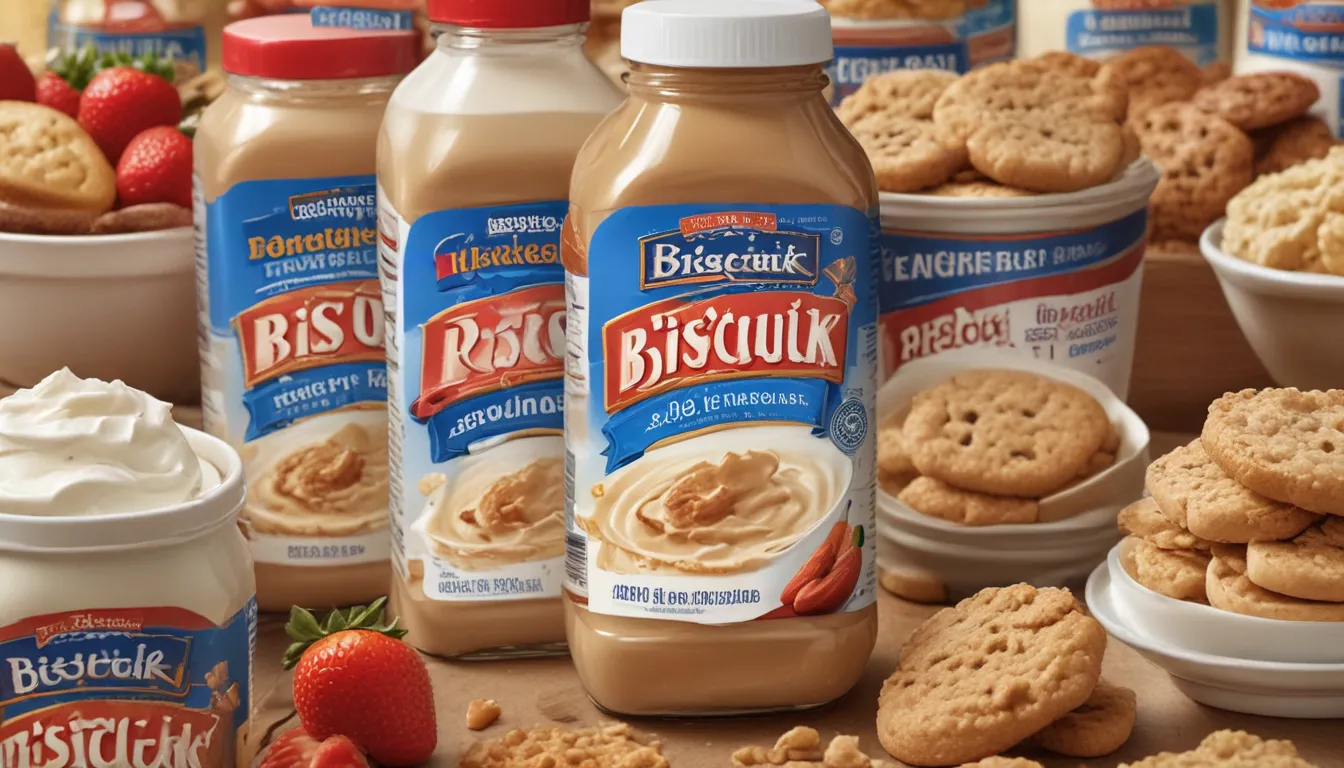The pictures in our articles might not always show exactly what the text is talking about. We use these images to make the article more interesting and eye-catching. They are there to add to the text, but not to replace it or show every detail.
Have you ever wondered about the nutritional content of the beloved baking mix, Bisquick? While it's a staple in many American kitchens for its convenience and taste, understanding its nutritional profile is essential for making informed decisions about your diet. In this article, we will delve into 11 crucial Bisquick nutrition facts to provide you with a comprehensive overview of what goes into this popular baking mix.
Unwrapping the Ingredients of Bisquick
At its core, Bisquick is a pre-mixed baking blend made from enriched wheat flour, partially hydrogenated soybean and/or cottonseed oil, leavening agents (baking soda, sodium aluminum phosphate, monocalcium phosphate), and dextrose. Each of these ingredients plays a specific role in contributing to the taste, texture, and convenience that Bisquick is known for.
Understanding Calorie Content in Bisquick
When it comes to Bisquick's nutritional value, it's essential to consider its calorie content. A 1/3 cup serving of the original mix contains approximately 150 calories. It's important to be mindful of these calories, especially when combined with other ingredients in your recipes, to maintain a balanced diet.
Exploring the Fat Content in Bisquick
A single serving of Bisquick contains about 3.5 grams of total fat, including 0.5 grams of saturated fat. It's worth noting that these fats mainly come from partially hydrogenated oils, which are a source of trans fats associated with an increased risk of heart disease.
The Sodium Content of Bisquick
Bisquick is relatively high in sodium, with a single serving providing 340 milligrams of sodium, equating to about 14% of the daily value based on a 2,000-calorie diet. If you're mindful of your sodium intake due to health concerns, it's advisable to monitor the amount of Bisquick you use in your cooking.
Carbohydrates in Bisquick: Fuel for Your Body
Carbohydrates are the primary source of energy for the body, and Bisquick is rich in them. Each serving contains approximately 28 grams of carbohydrates, which make up about 9% of the recommended daily intake. This includes 1 gram of dietary fiber and 2 grams of sugar.
- Protein Power in Bisquick
While not commonly considered a significant protein source, a single serving of Bisquick provides 3 grams of protein. While it may not replace a protein shake, it can still contribute to your daily protein intake.
Examining Nutrient Density in Bisquick
Bisquick is not a major source of vitamins and minerals. However, due to the enriched flour used in its production, it does offer small amounts of nutrients like iron and calcium. Despite this, considering its calorie and sodium content, Bisquick's nutrient density is relatively low.
Healthier Alternatives: Bisquick Heart Smart
For those concerned about trans fats and sodium levels in traditional Bisquick, there is Bisquick Heart Smart. This version of the mix is made with canola oil, a healthier fat source, and is trans fat-free. It also contains lower sodium levels, making it a healthier alternative for those monitoring their fat and salt intake.
- Addressing Dietary Restrictions with Gluten-Free Bisquick
Recognizing the need for gluten-free options, Bisquick offers a gluten-free mix. This product substitutes wheat flour with rice flour and potato starch, catering to individuals with gluten intolerance or celiac disease. Despite these changes, the nutritional profile remains similar to the original mix in terms of calories, fats, and sodium content.
Incorporating Bisquick into Your Diet
While understanding Bisquick's nutritional profile is crucial, it's equally important to consider how it fits into your overall diet. Used in moderation and balanced with nutrient-rich foods, Bisquick can be a part of a healthy, well-rounded diet. However, excessive use, particularly in recipes with added sugar and fat, can lead to an overconsumption of calories, sodium, and trans fats.
Taking Control with Homemade Bisquick Mix
For those seeking greater control over their nutrition, creating a homemade Bisquick mix is a viable option. By using whole grain flour, reducing salt, and opting for healthier fats, you can customize a mix that aligns better with your dietary goals while still enjoying the convenience of a pre-mixed baking ingredient.
Conclusion: Balancing Health and Taste with Bisquick
In conclusion, Bisquick is a convenient baking mix that can enhance your kitchen creations. By understanding its nutritional content and making informed choices, you can enjoy Bisquick in moderation as part of a balanced, nutrient-rich diet. Remember, moderation is key – whether you're indulging in pancakes for breakfast or enjoying a flaky biscuit on the side.
Providing Valuable Information for Your Health and Well-being
Our dedication to delivering reliable and engaging content is at the core of our mission. Each fact shared on our platform is contributed by real users like you, offering a diverse range of insights and information. Our team of editors diligently reviews each submission to ensure accuracy and credibility, guaranteeing that the information you receive is not only fascinating but also trustworthy. Trust in our commitment to quality and authenticity as we guide you through the realm of knowledge and exploration.






